24 Sep Gobustan and Absheron: Day Trip from Baku
While there is a lot to see in Baku, one will inevitably be curious to know what lies ahead of the city. Spoiler alert – it’s all earth and fire. In fact, some of it can make it to the sets of a new fantasy series, and maybe it will. It is routine for travellers to dedicate a day to visiting the Gobustan and Absheron areas just outside Baku. You will need a full day to do this, but it will add an interesting dimension to your experience of Azerbaijan.
On one side towards Gobustan, you will find a sandscape of desert and rocks dating back all the way to prehistoric times, where stone art or petroglyphs are preserved through time and tide (literally). The mud volcanoes look like a snapshot from Mars, with big bubbles of mud that make you nervous when about to burst. On the other side, there are burning mountains and burning flames in fire temples that Zoroastrians worship in Azerbaijan. It is like looking at Azerbaijan through a time portal.
Visiting Baku? Check out our 3-day itinerary with top things to do in Baku
Gobustan and Absheron Itinerary
Before we dive into details, let’s set the scene for your day trip
Gobustan National Park Museum – The museum gives a concrete picture of what you will find at the national park with interactive infographics.
Gobustan National Park – a UNESCO World Heritage Site with more than 6,000 petroglyphs dating back up to 40,000 years.
Mud Volcanoes – small volcanoes oozing out mud, bizarre, bubbling mini-craters that look straight out of Mars.
Ateshgah Fire Temple – a 17th-century pilgrimage site built by fire-worshippers.
Yanardag (Burning Mountain) – a hillside that’s been burning non-stop for centuries.
How to visit Gobustan & Absheron
It is important to understand how you are going to do this day tour. Most of these destinations are located remotely, and public transportation is hard to get or figure out. Moreover, since both Gobustan and Absheron are located in opposite directions, doing all of this in a day using public transport will not be possible.
For the purpose of transportation, you can either choose from a number of group tours heading that way or rent a private car or vehicle if you are a bigger group or looking for more comfort or privacy.
Group tour
Group tours are an absolutely fantastic way to do this journey. They are affordable, fun, diverse, well planned out, and you just have to chill and relax. The tours are good if you are okay with their pre-built itinerary and are not looking for much customisation.
You can find several group tours online on Klook or GetYourGuide. You can book them last-minute if unsure, as per availability.
You can also find several local group tours running from Baku and book them at their local offices. You can head to Nizami Street and find many tour operators calling out their tour offerings. The prices are fair, and you can compare them online as well.
However, check for any constraints for babies or elders travelling along with or are not accessible if you have requirements for the differently-abled.
Gobustan & Absheron Tour
Private Taxi
If you are looking to plan the trip for a large group of people, a family with kids and elders and are looking for more comfort and flexibility, hiring a private taxi is a great way to do it. If you are already acquainted with Azerbaijan, you can also rent a car and drive it yourself. However, if it’s your first time travelling, I strongly recommend hiring a private taxi with a driver.
You can hire a private taxi with one of the several tour operators online, or you can also head to the tour operators in central Baku near Nizami Street. The average cost of a private taxi for a day ranges from 80-100AZN for a day if you return to Baku the same day.
Check out some private taxi operators in Baku:
Best Baku Tours – https://bestbakutours.com/tour/gobustan-tour-mud-volcanoes-and-absheron/
City tours Baku – https://citytoursbaku.com/Tours/gobustan-tour/
Gobustan, Mud Volcanoes and Absheron Day Trip Itinerary from Baku
Depart Baku - 7.30 am
Try to depart Baku early in the morning to make the best of the long day ahead. Starting early will also help beat the traffic in the city centre areas once the office hours start. Pack things that you will need, like sunscreen, snacks, a jacket or windcheater and water. Gobustan and mud volcanoes are still in the wilderness, so prepare yourself for some outdoor time and limited facilities. It will take a little more than an hour to reach your destination.
Gobustan National Park Museum - 9.00 am
Head towards the Gobustan National Park Museum to start your time here. The National Park Museum will give you in-depth information about Gobustan National Park, explaining what you are about to find and what to look for. The highlight of the park is the stone-carved drawing, also known as the Petroglyphs.
But the museum also explains what the landscape looked like during the prehistoric era in this area and how it has changed over time. You can find interactive exhibits and a 3D cinema that recreate life in Gobustan 10,000–40,000 years ago. There are also thousands of years-old tools and artefacts from the Upper Palaeolithic to the Iron Age, along with Detailed models of cave dwellings used by prehistoric hunter-gatherers. Exhibits explain the development of early fishing, hunting, and agriculture in the Caspian basin.
You can spend 30 minutes here since the museum isn’t too big. But if you want more time reading up on information, take your time. The museum is equipped with toilets outdoors, so you can make a stop there since you won’t find one for some time.
The museum opening times may change from 9.00 am to 10.00 am in certain months. In that case, you can visit the national park first. You will need a ticket to visit the museum. Check more about the prices on their official website.
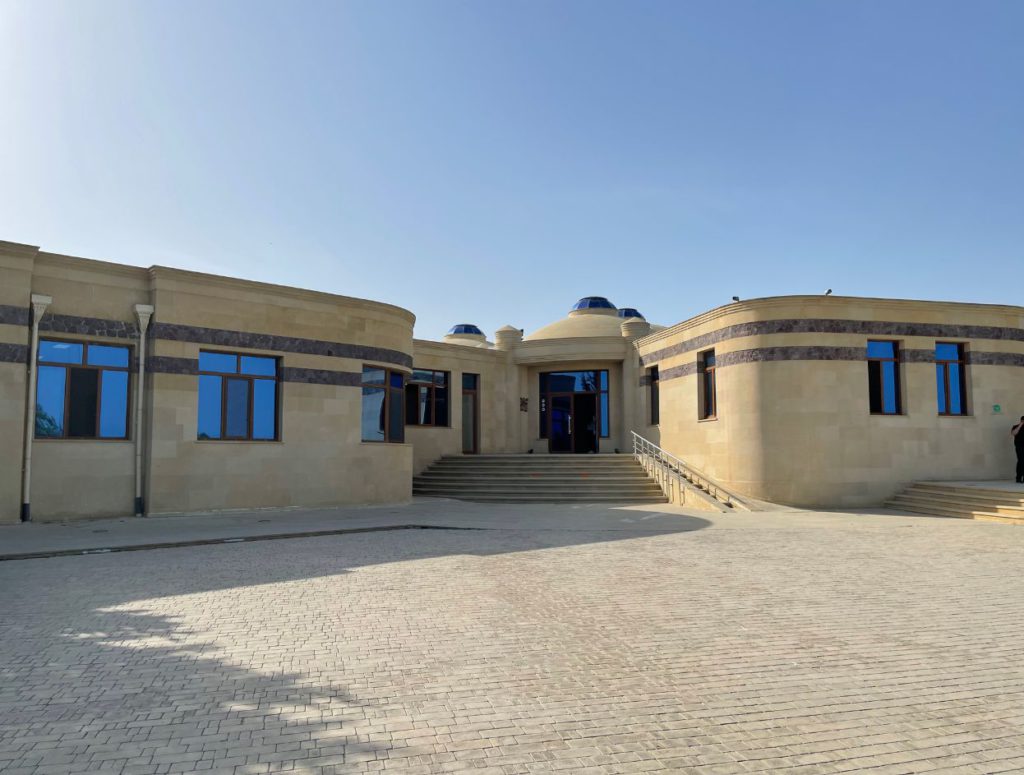
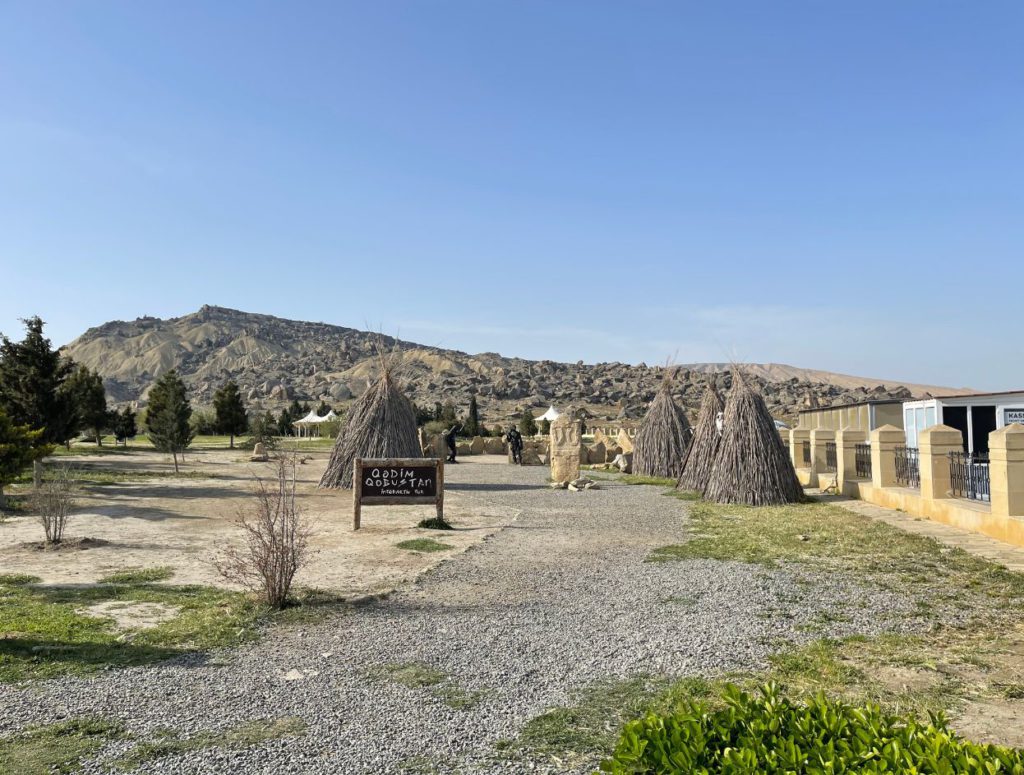
Gobustan National Park - 9.30 am
Now for the actual place of interest. Gobustan National Park is around 2km from the museum, so you may want to drive the way and back, which takes less than 5 minutes. Once you are at the park, you can see staircases that go around the park, guiding you along the way.
But before you start, don’t forget to check out Gaval Dash at the start. It is a natural musical stone that resonates with a tambourine-like sound when tapped with stones. You can imagine how the prehistoric people made music. The National Park consists of around 6,000 rock paintings spread over 537 hectares and is a UNESCO World Heritage Site.
From there, the trail winds through massive sandstone boulders, and suddenly, you’ll spot carvings of humans dancing, hunters chasing animals, boats, and even depictions of rituals. Some are 12,000 years old.
Imagine ancient communities gathering here, carving their stories into stone. The carvings are incredibly well-preserved and remarkably expressive. I have to say the carvings are somewhat hard to find since the rocks are engraved and no colour is added. So you may have to put some effort into finding them. But you will find written snippets of guided text near each of them that will help you look for them.
There are some stairs that you need to climb, but if that’s a constraint, you can visit only some sites. Since the National Park is outdoors, you will have to take the weather into account. It can get quite windy during the winter months. Carry an umbrella if there is are chance of rain.

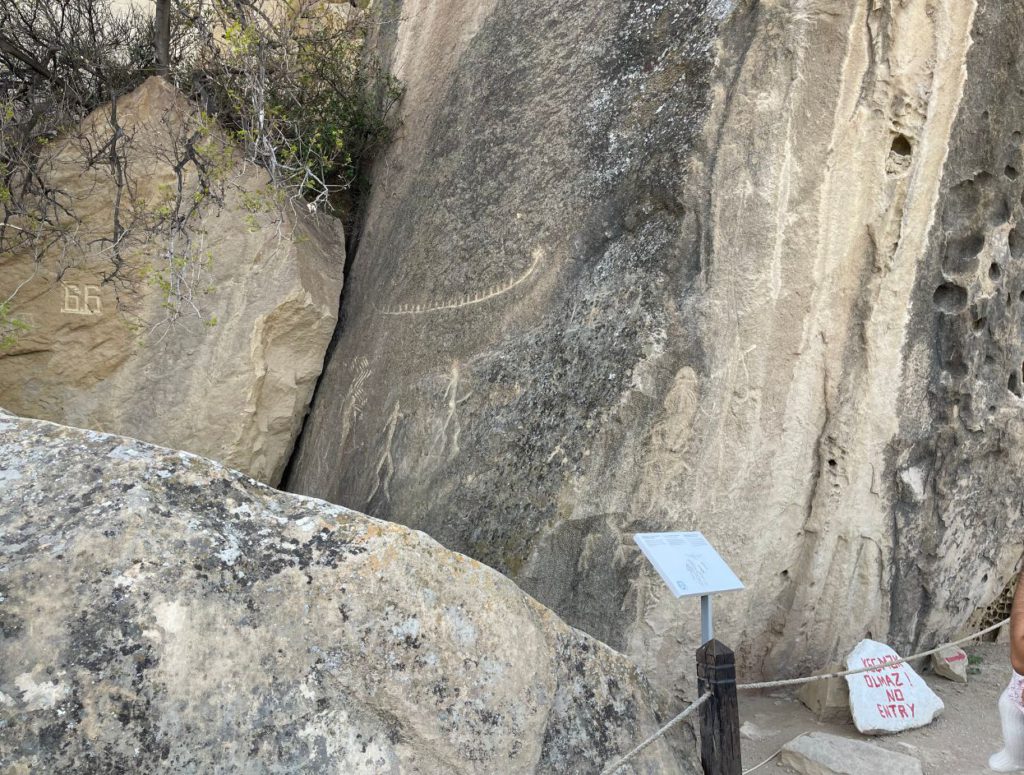
Mud Volcanoes - 10.30 am
The mud volcanoes of Gobustan are famous for their post-apocalyptic feel and are sometimes compared to Mars. It is a unique place to see and is hardly found anywhere else. So make the time to visit. These volcanoes are formed by methane and carbon dioxide gases bubbling up from underground. Tourists can watch the bubbles, but I will suggest checking with a local about whether you can touch them, although many of them are considered to have therapeutic properties.
Since there are many volcanic areas in Gobustan, your tour guide will decide which one you are going to visit. These volcanoes are located in the middle of nowhere, and no roads run across them. So for most of them, you will have to do off-roading. This requires hiring a 4×4 truck from a nearby area where they stand as a cluster. Guided tours already have their partners here who will take you to the volcanoes. But if you are travelling on your own, seek the help of your driver or guide to rent one of these.
It takes around 20 minutes of a bumpy off-roading wild ride to reach the volcanoes. You can spend some time exploring the volcanoes. Depending upon the type of volcanoes, you may even be able to take a mud bath in them since the mud is considered great for health, especially joint pain. Check with your tour guide for it. Once you are done, the truck will drop you back to your parking location. From there, you can head back to Baku.
Planning another trip? Read our blog post on visiting Shamaki, Gabala and Sheki in Azerbaijan
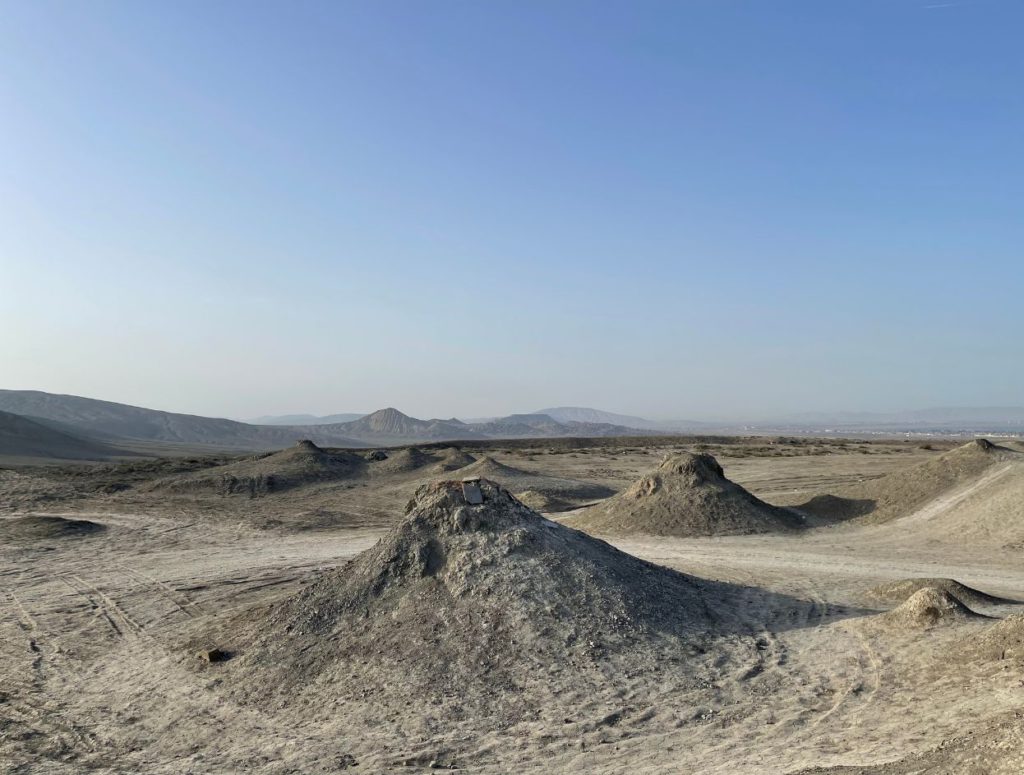
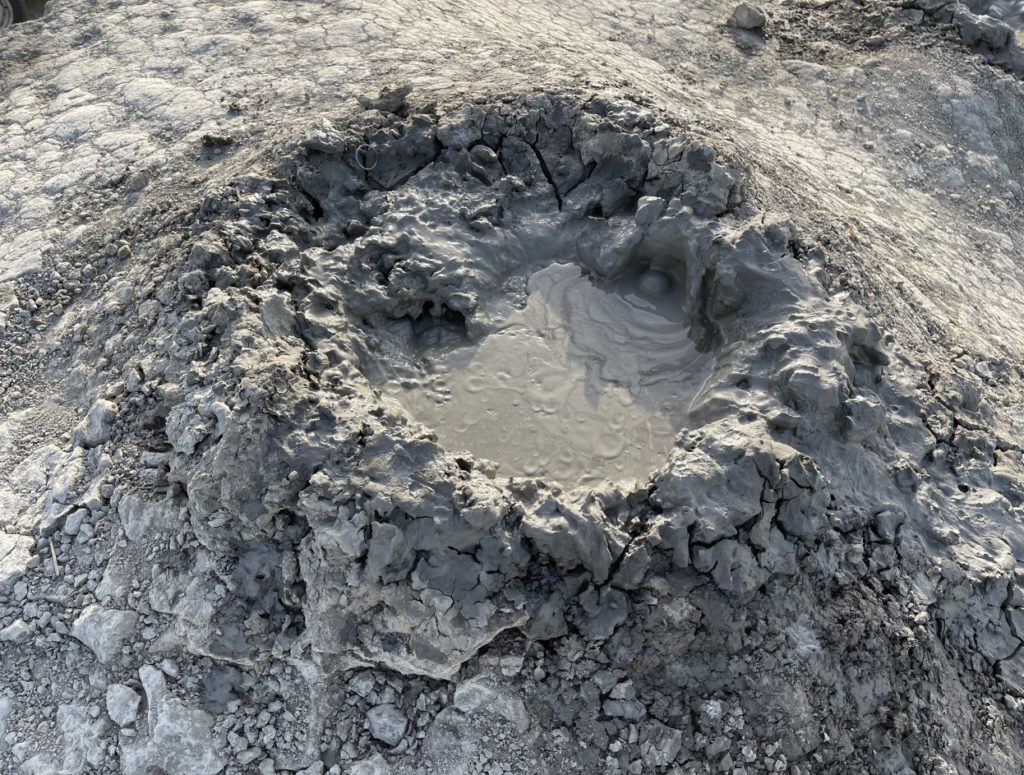
Gobustan & Absheron Tour
Bibiheybat - Quick Stop
On your way to Baku, make a quick stop at Bibiheybat Mosque. The Bibiheybat Mosque was originally built in the 13th century but was destroyed during the Soviet era in 1936. It was recreated again on the same site based on old photographs and architectural records.
The mosque complex is a revered Shia pilgrimage site because it contains the tomb of Ukeyma Khanum, a descendant of the Prophet Muhammad. It is sometimes called “the Mosque of Fatima”. You can make a quick stop here to marvel at the architecture and take some photographs on your way back to Baku.

Baku - Stop for Lunch - 12.30 pm
Make your way back to Baku for lunch. Check out some of the places across the Baku boulevard, since they will be on the way, and you do not need to enter the city centre, which will allow you to avoid the traffic. Enjoy some traditional Azerbaijani cuisine to add to your experience. Pick up some water for the way ahead.
Yanar Dag - 2.00 pm
We are now visiting the Absheron side of the trip, and the first stop is Yanar Dag. Yanar Dag literally translates to ‘Burning Mountain’, and it is just that. It is a hillside that has been burning now for 4,000 years (as per local estimates). Legend has it that it was a local shepherd who started the fire a long time ago, and it hasn’t stopped burning ever since. Even Marco Polo documented seeing flames like this in this region, and it could be attributed to the same.
The continuous fire is fed by natural gas escaping from the ground. It never goes out, even in extreme rain, thunderstorms or snow. If it’s a cold day, you may welcome the heat and rub your hands against the fire. You can also grab a quick bite or a coffee at the visitor centre right next to it. You can spend around 30 minutes here.
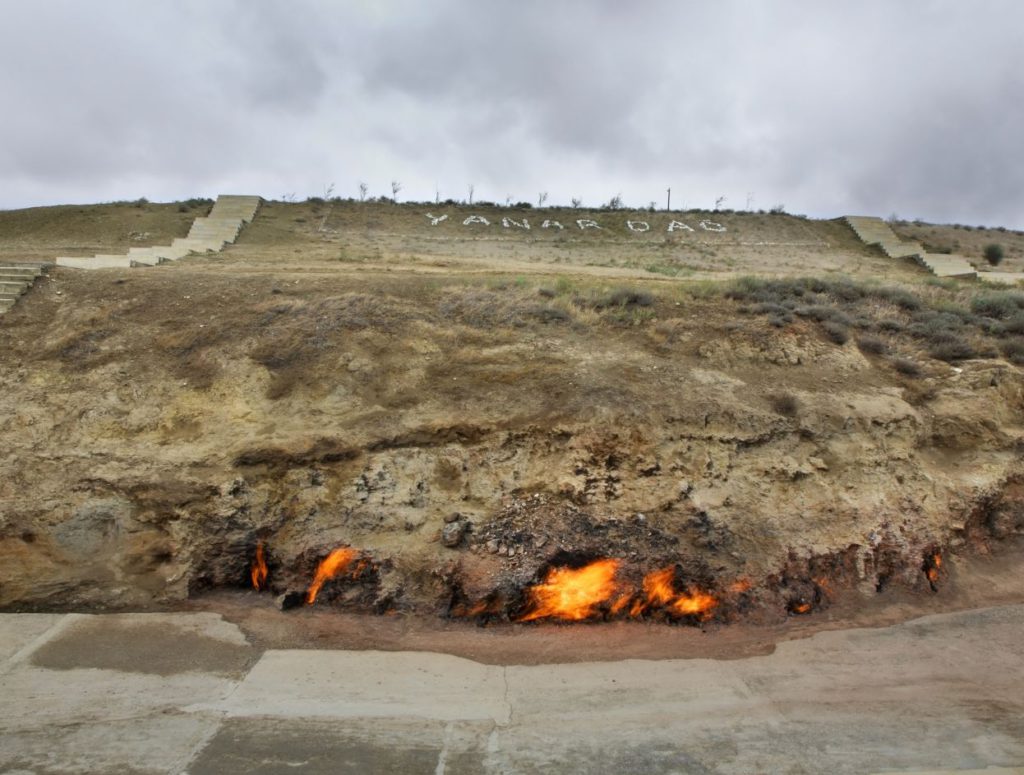
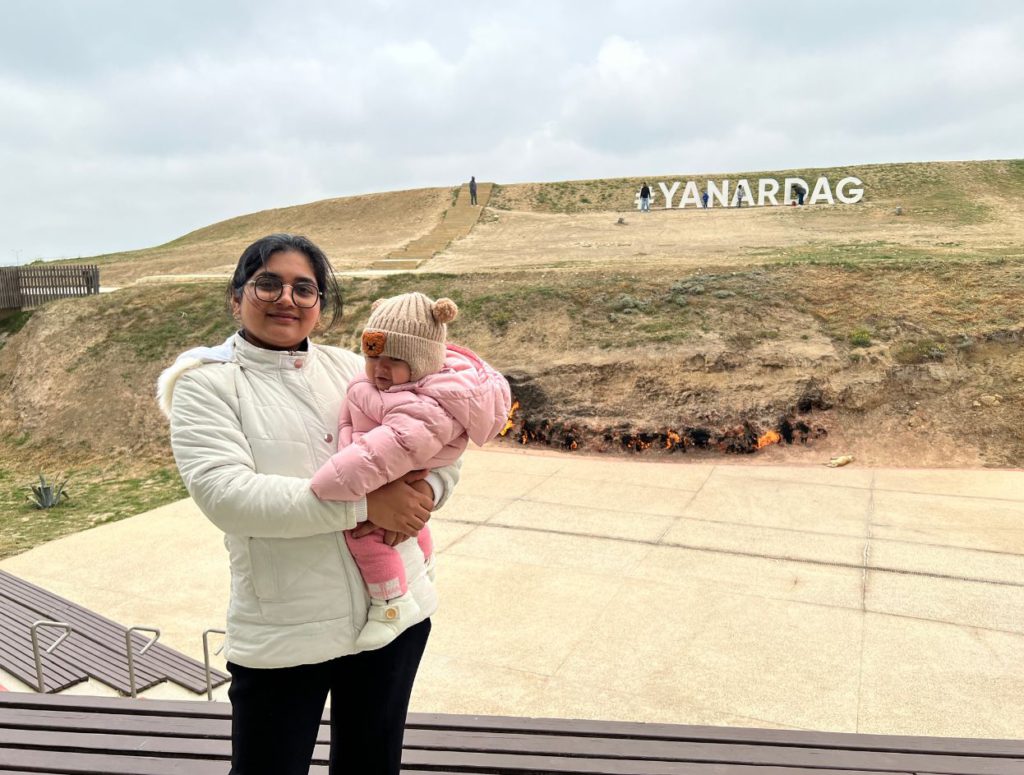
Atashgah Zoroastrian Fire Temple - 3.00 pm
Atashgah Zoroastrian Fire Temple was established by Indian merchants and Zoroastrians around the 18th century, travelling the Silk Route. The temple was used by Hindus, Sikhs and Zoroastrians as a place of worship. It has now been converted into a museum.
The temple is built around the eternal flame that stands in the middle of the central altar. Just like Yanar Dag, this flame is also fed by natural gas and never goes out – until recently. By the late 19th and early 20th centuries, extensive oil and gas extraction in the Surakhany area led to the natural gas reserves being depleted, extinguishing the eternal flame in 1969. Since then, the flame has been fed by a gas pipeline.
Around the altar is an open courtyard, which is again surrounded by the outer structure that has several built-in rooms for worship and priests. It is a unique mix of Indian and Persian architecture. Today, the rooms contain a lot of information about the minority community that once travelled and stayed in this region. You can spend around an hour here going through the historical information in text and as live figurines trying the depict the life and times of the people.
You will need to buy a ticket to enter the temple premises, which you can buy there. Check out the prices on their official website.
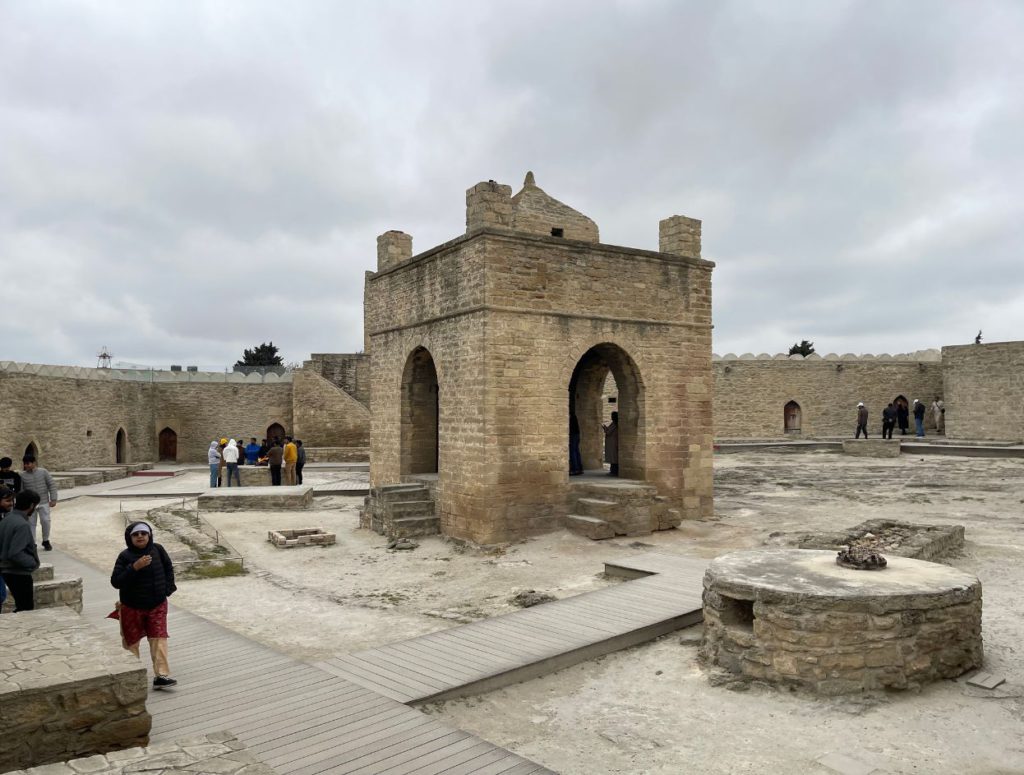
Heydar Aliyev Center - 4.30 pm
Heydar Aliyev Centre is a piece of art, so you will want to spend some time here. If you are short on time, you can cover this another day in Baku. The entry closes at 6 pm on weekdays and 5 pm on weekends, so plan accordingly.
The Heydar Aliyev Centre is an architectural landmark in the heart of Baku, designed by the renowned Iraqi-British architect Zaha Hadid. Its flowing, curved structure and lack of sharp angles were intended to move away from the country’s Soviet past and represent a modern, optimistic future. In fact, it holds the record of not having any corners or sharp edges in its form.
The centre features several exhibition halls with both temporary and permanent exhibitions from artists all around the world. On the ground floor, you can find a large collection of miniatures of the most important buildings of Azerbaijan. There is also a large collection of items and information about Heydar Aliyev, often considered the father of the nation.
On the upper floors, you will find art exhibitions from artists from Europe, Asia, the old Soviet countries and from the Balkans that I found unique and intriguing, along with an elaborate doll collection. There is also a vintage car collection, and a 1,000-seat auditorium serves as a venue for world-class performances, concerts, and conferences.
You will need a ticket to enter the center. Check out the prices on their official website.
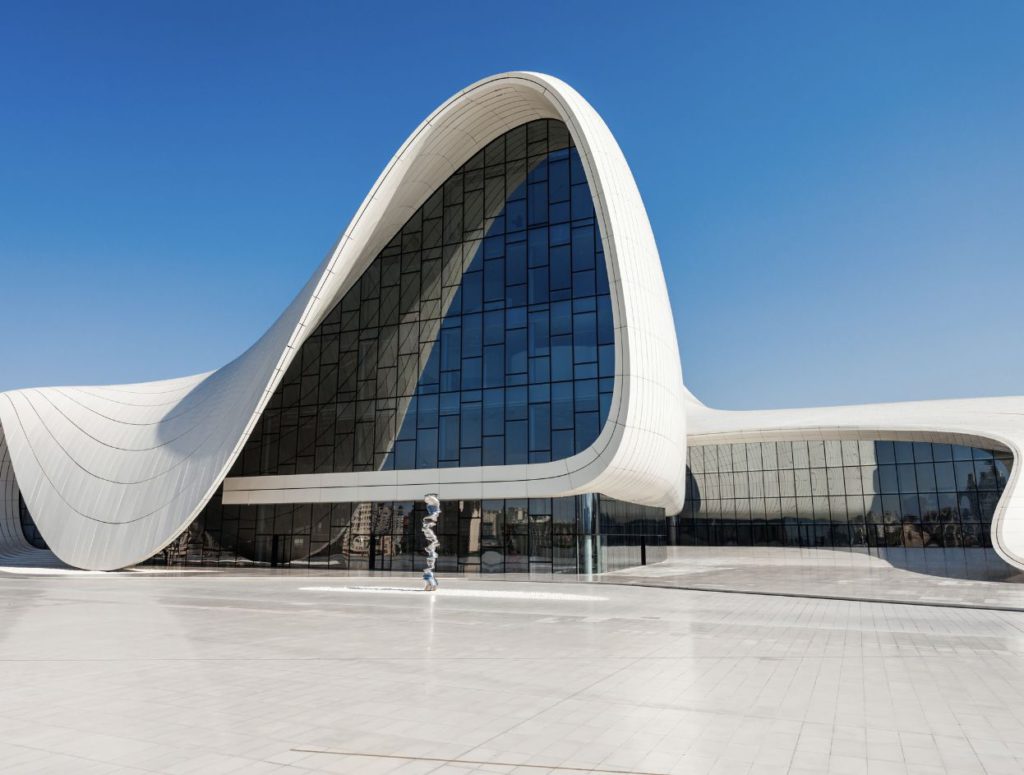
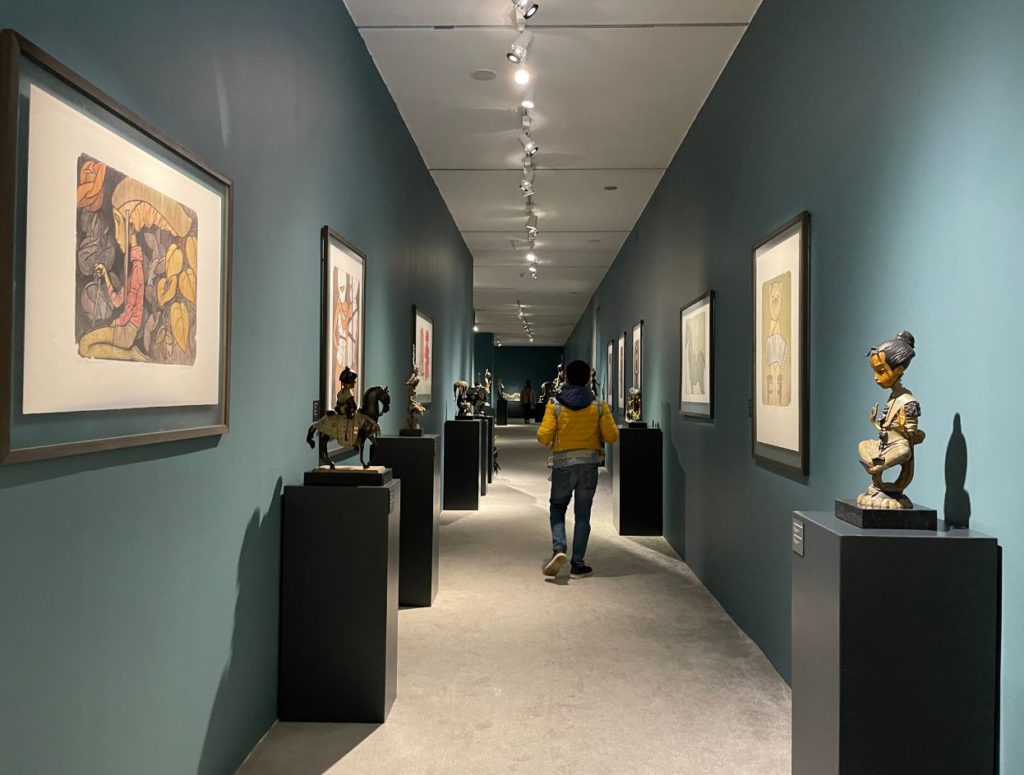
End of tour
This marks the end of your tour. If you are squeezed on time, you can visit the Heydar Aliyev Centre another day since it is not too far from the city centre and you can simply take a city cab. From here, simply enjoy your evening and head towards Nizami Street for a vibrant nightlife, a couple of drinks and a hearty dinner.




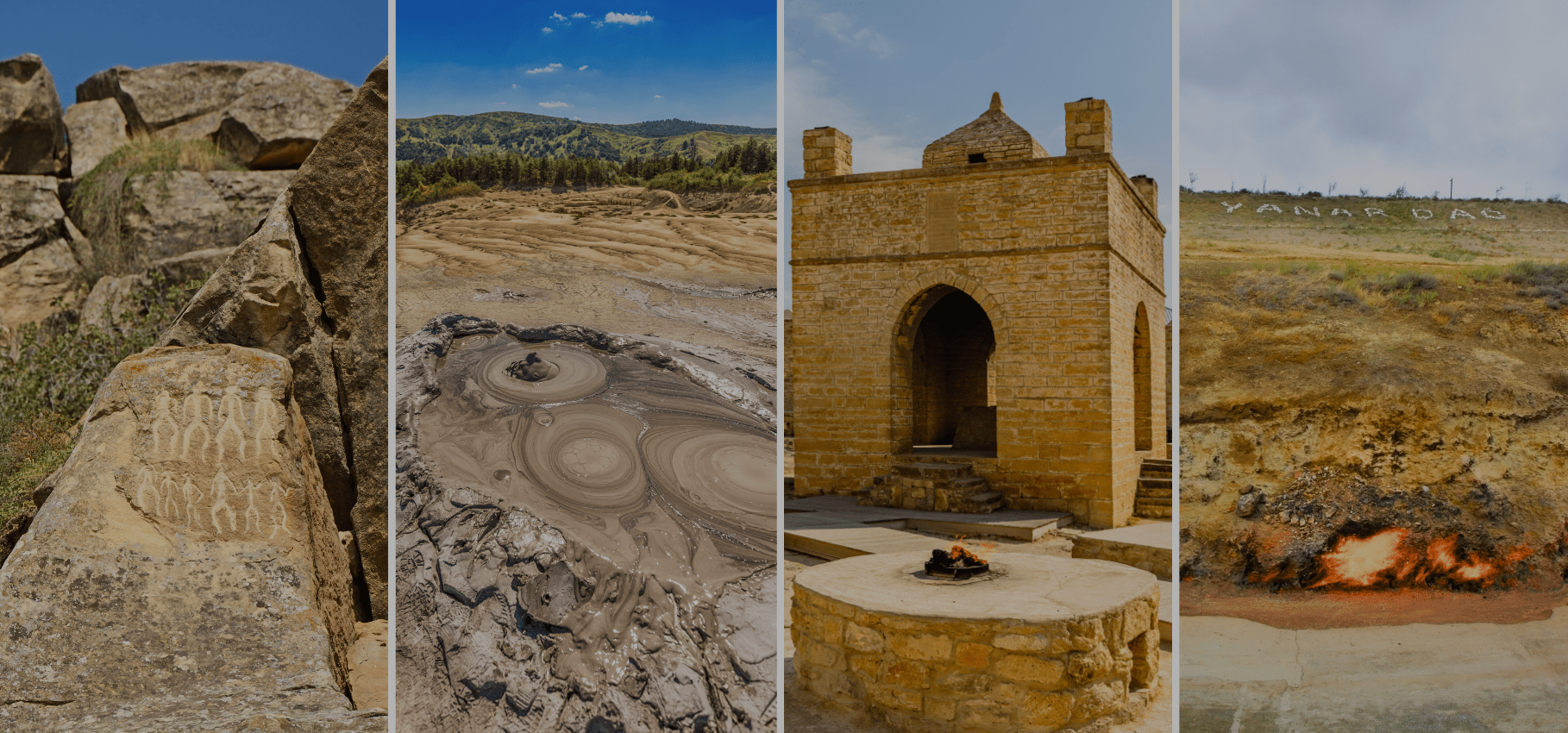
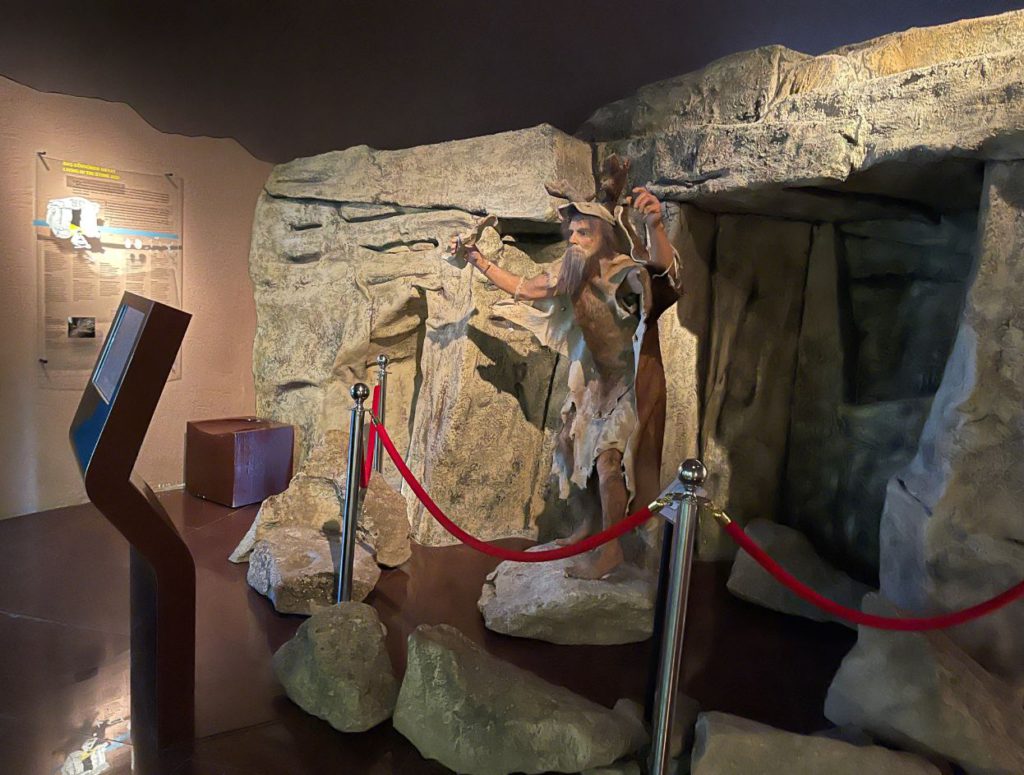
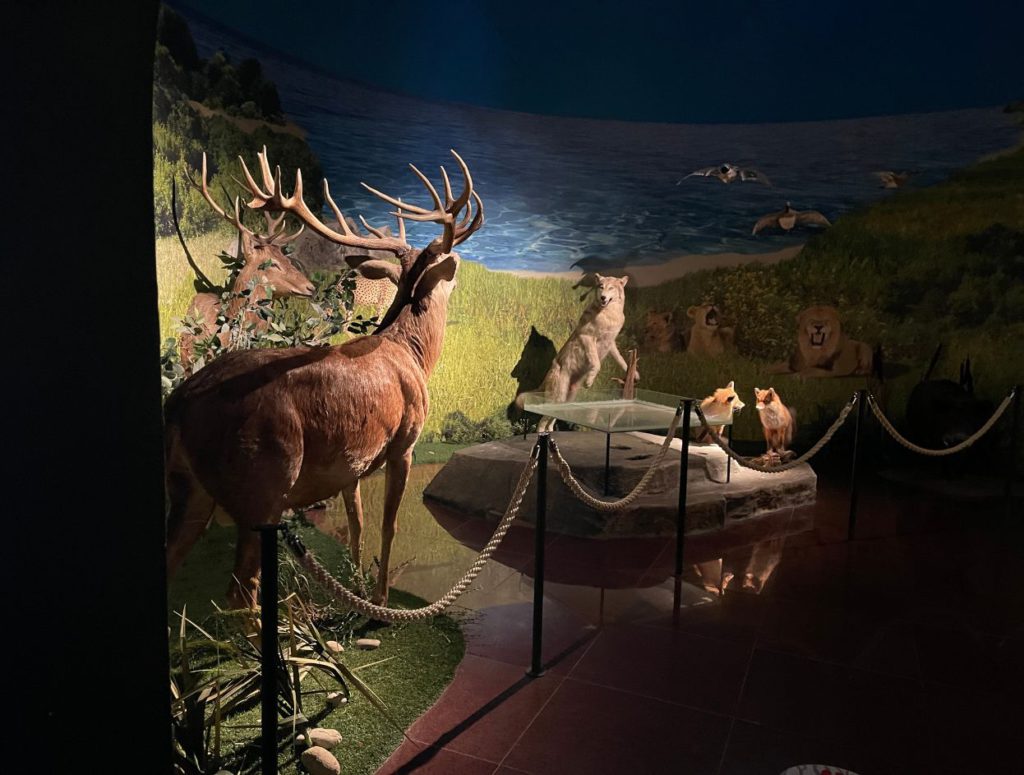
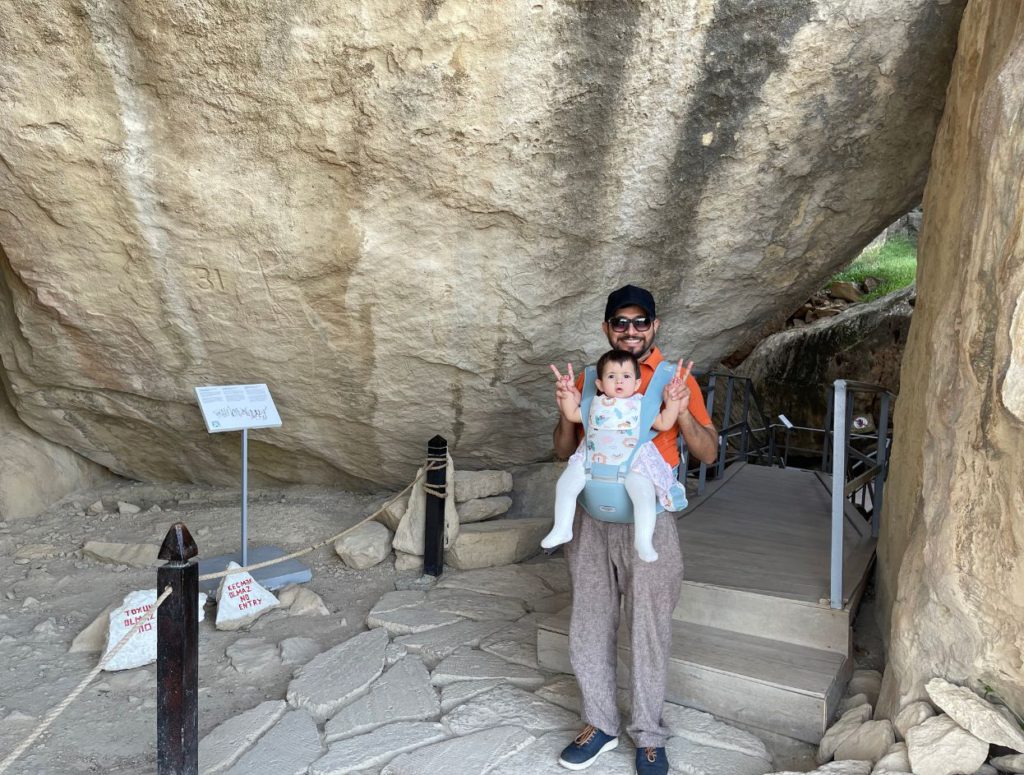
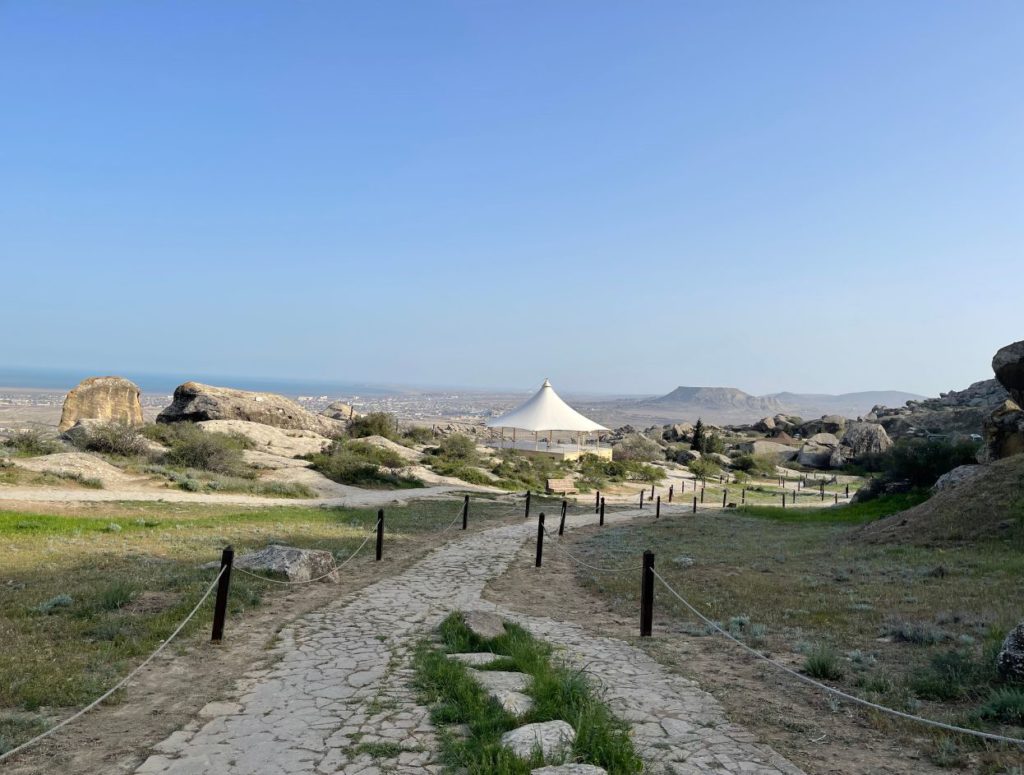
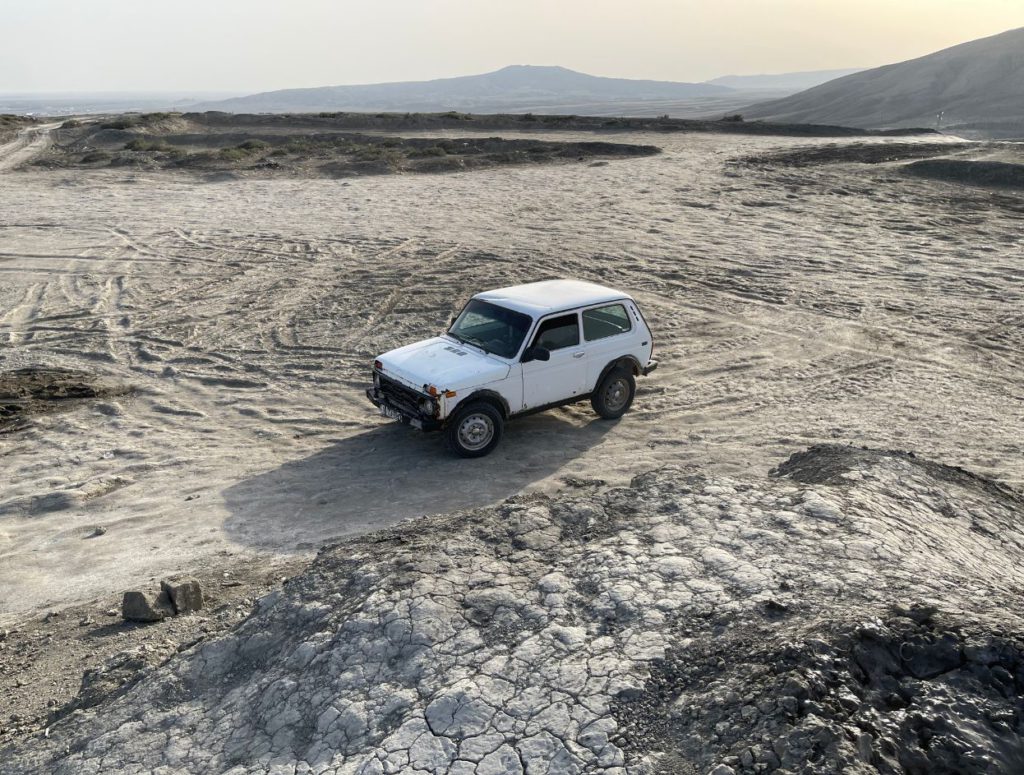
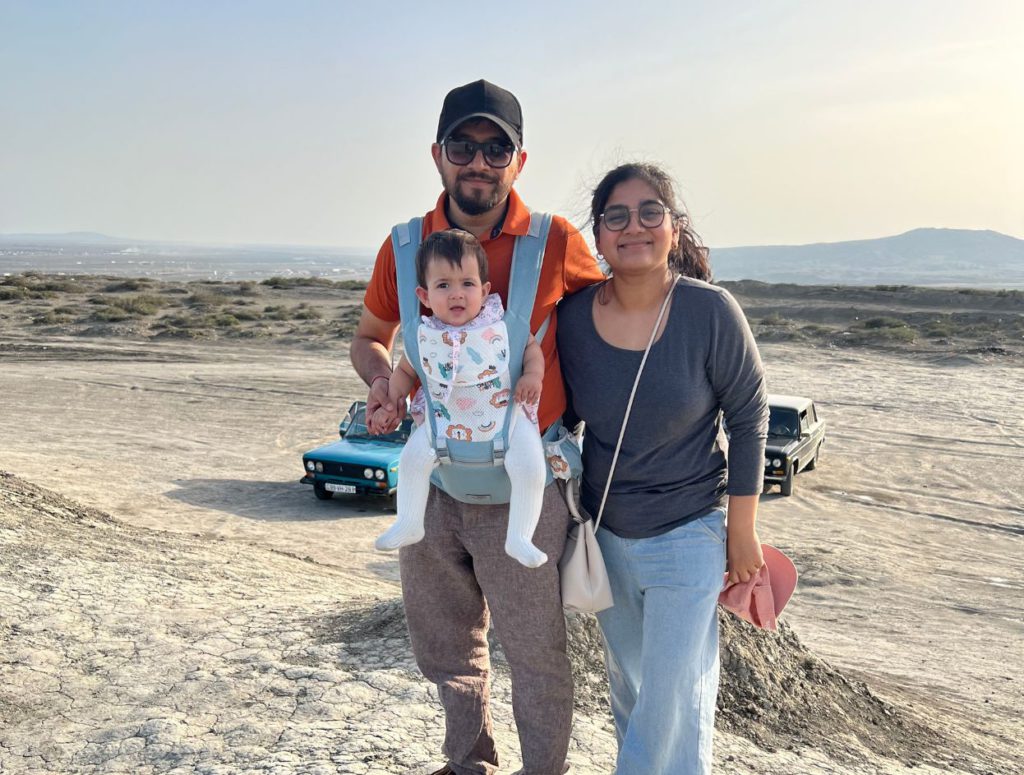
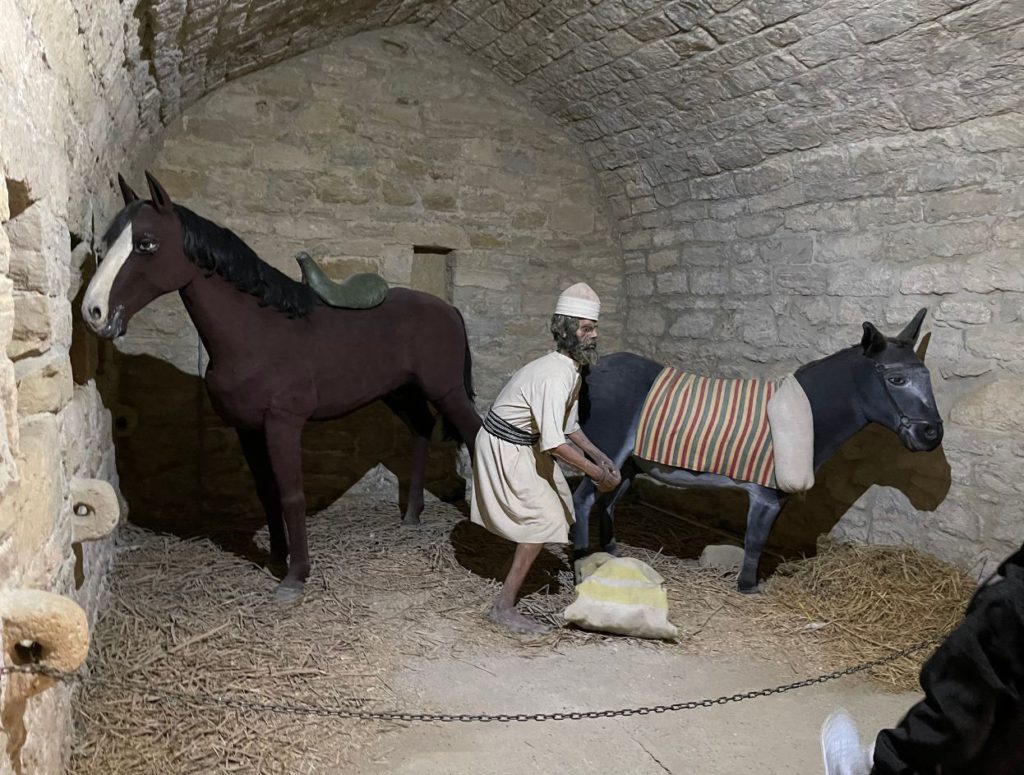

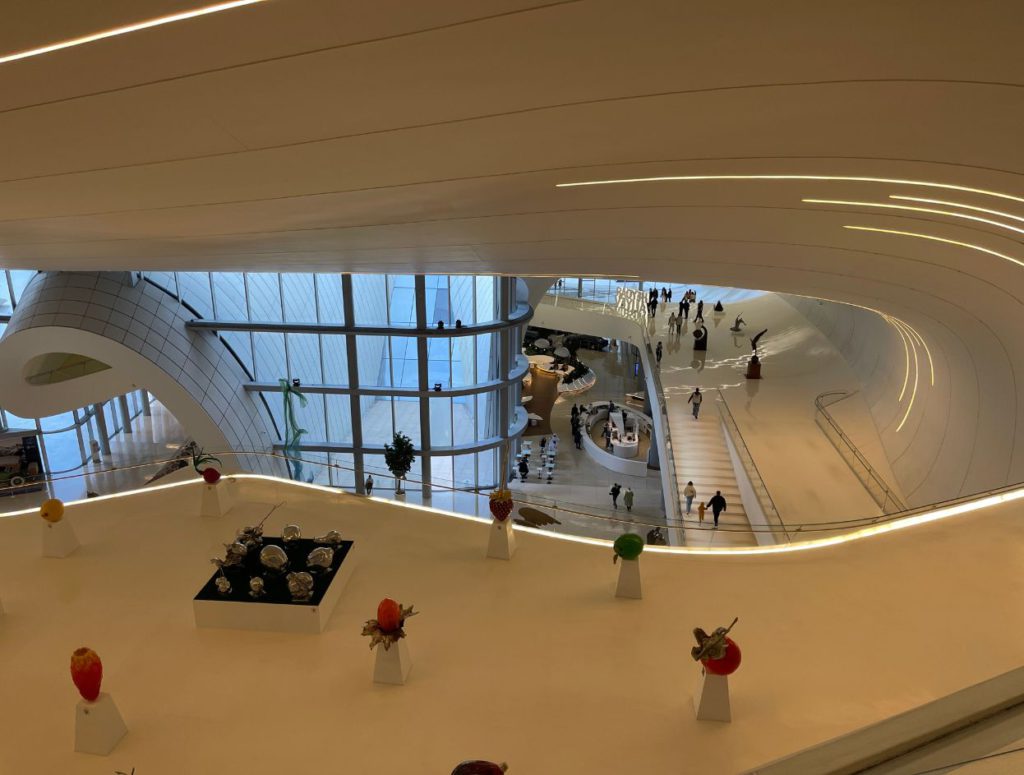
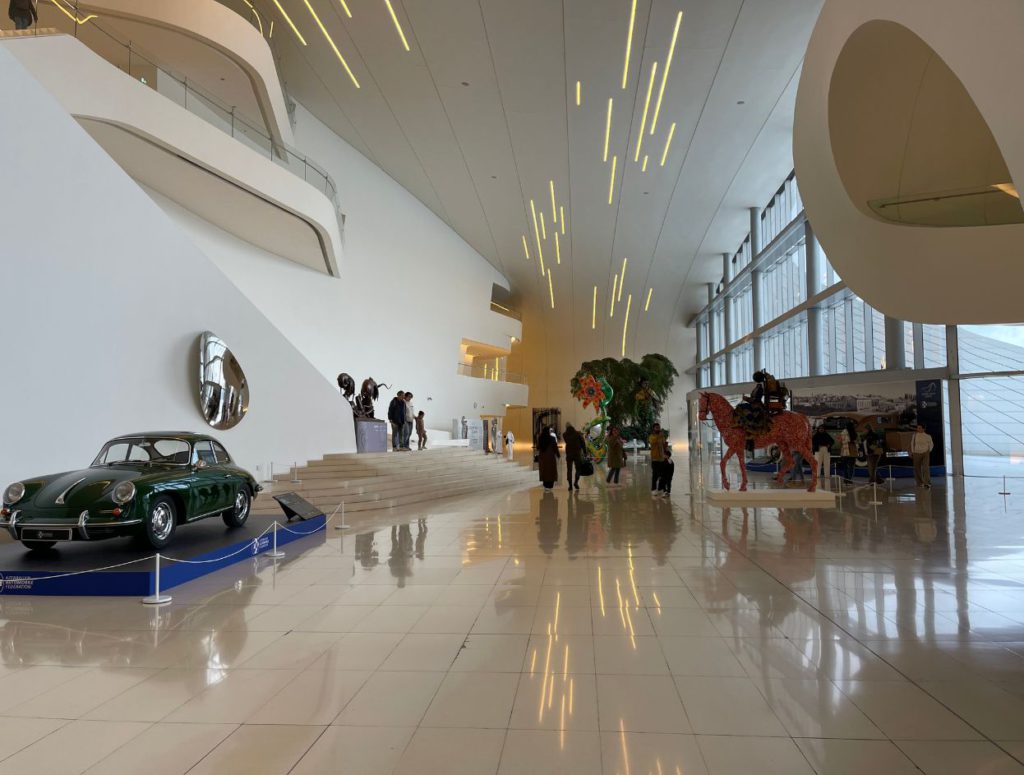
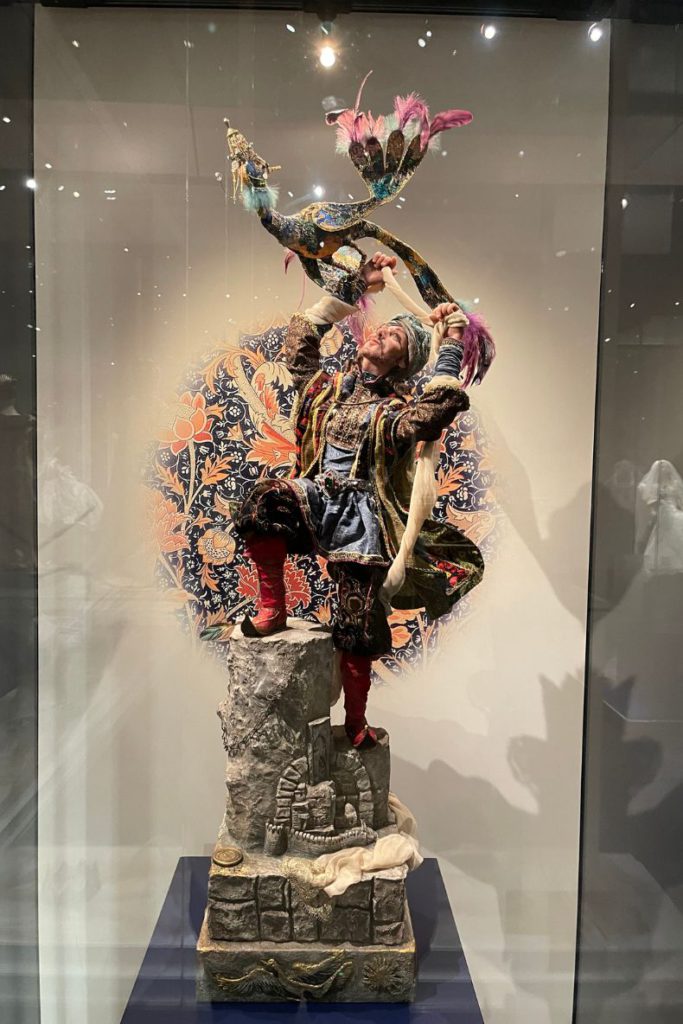
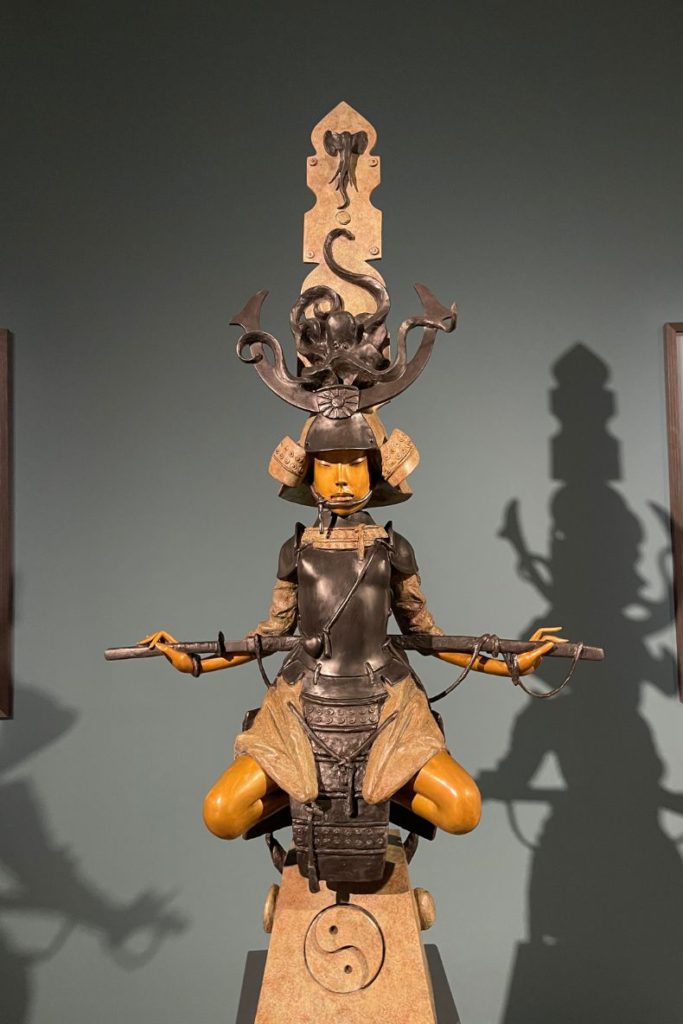
No Comments